Radiation sensors are devices designed to detect and measure the presence and intensity of various types of radiation, such as alpha, beta, gamma, and neutron radiation. These sensors are used in a wide range of applications, including environmental monitoring, nuclear power plants, medical diagnostics and therapy, industrial processes, and homeland security.
Pyranometers are instruments used to measure solar radiation flux density, commonly referred to as solar irradiance. They detect the total radiation received from the sun, including both direct and diffuse sunlight, and are widely used in meteorology, climatology, solar energy research, and environmental monitoring. Pyranometers typically consist of a sensor mounted in a protective housing, which measures the intensity of incoming solar radiation across a wide spectral range. They are crucial tools for understanding solar energy availability and its impact on various systems and processes on Earth.
A pyranometer is an instrument used to measure solar radiation received from a hemisphere above the instrument’s location.
Pyranometers are essential tools for scientists, meteorologists, and solar energy professionals. By quantifying solar radiation, they provide critical data that helps in:
-Optimizing solar panel efficiency
-Understanding climate and weather patterns
-Supporting agricultural decisions
Solar Energy Projects
Pyranometers are crucial in determining the feasibility and performance of solar energy projects. By understanding solar potential, engineers can design more efficient solar farms.
Weather Forecasting
Meteorological stations use pyranometers to monitor and predict weather patterns. The data helps in understanding the impact of solar radiation on temperature and atmospheric changes.
Climate Research
Long-term data from pyranometers contribute to climate change studies. Researchers use this information to track trends in solar radiation over decades.
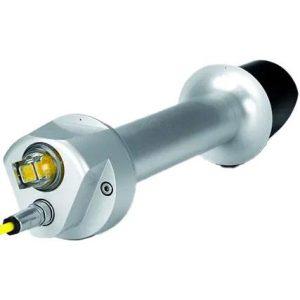
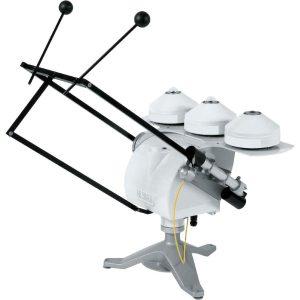
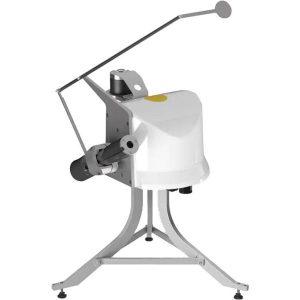

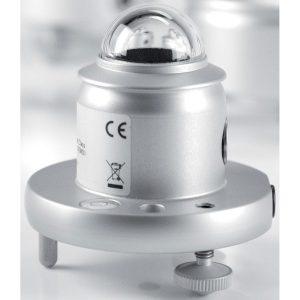
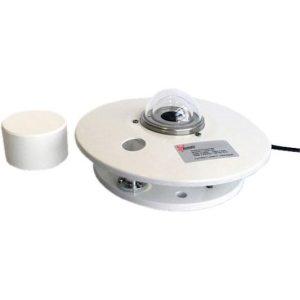
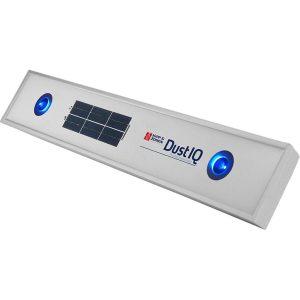
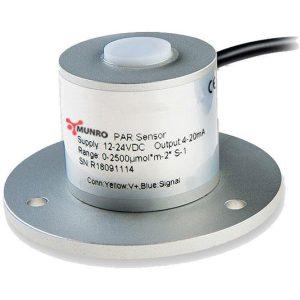
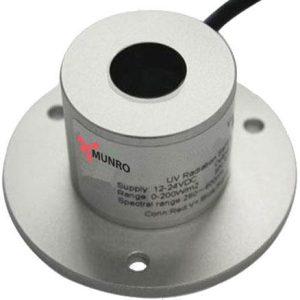
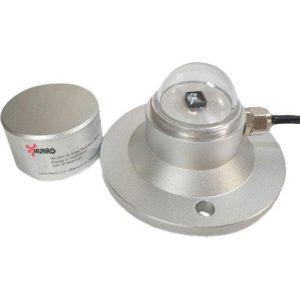

Contact details
Products
Munro Instruments
Terms & Policies
Contact Us

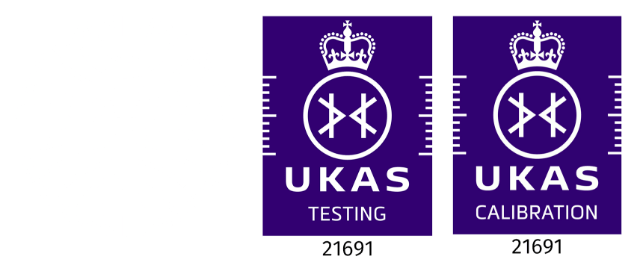
Registered in England 06965050 Vat: GB 977 7939 30.